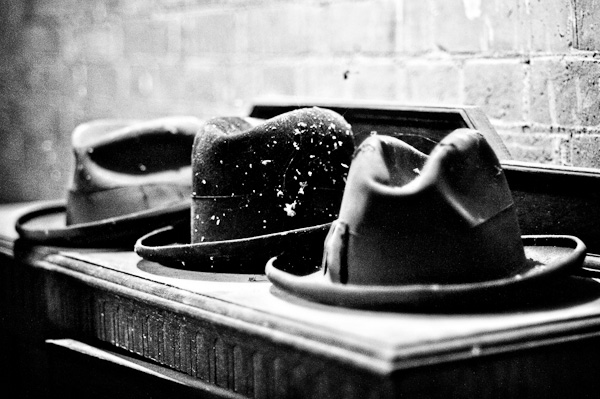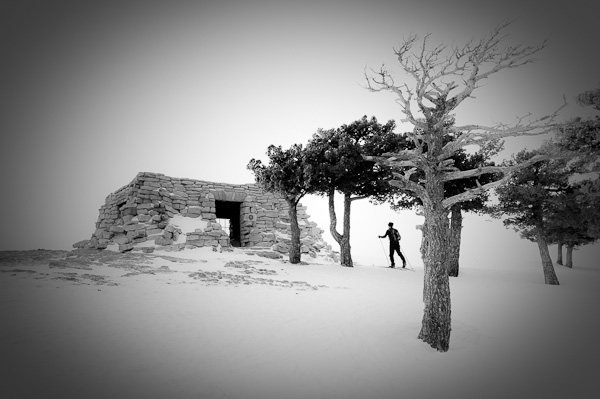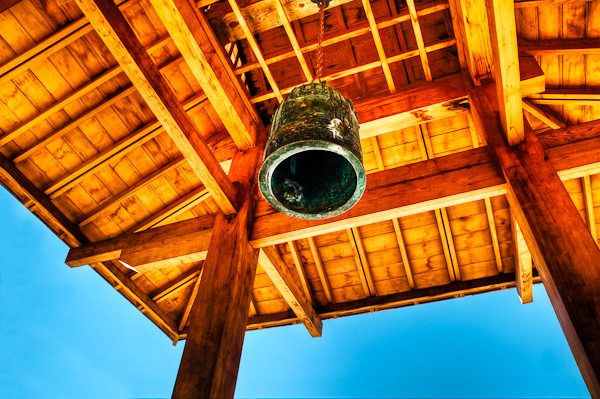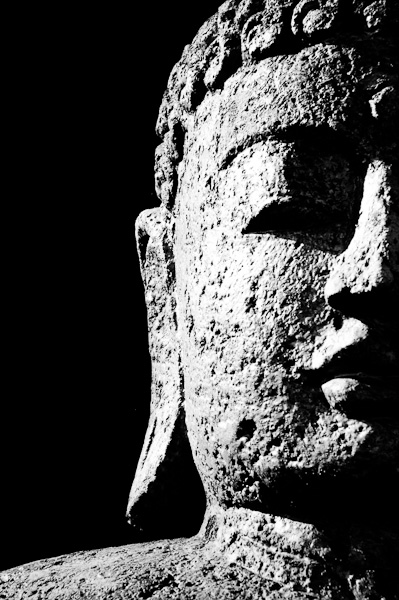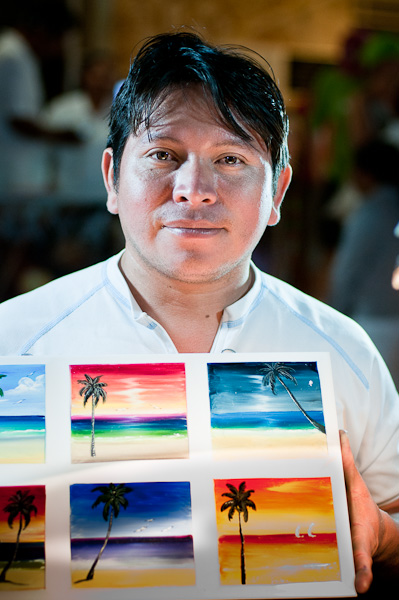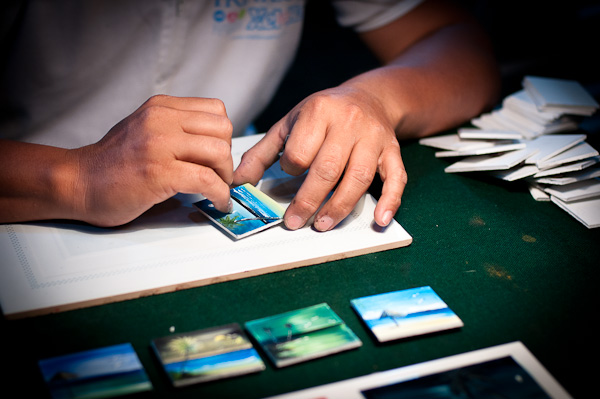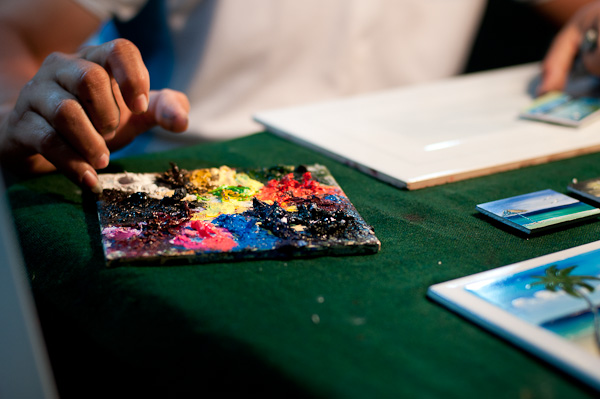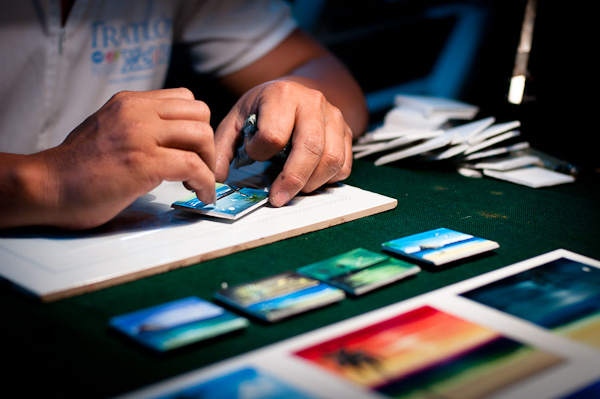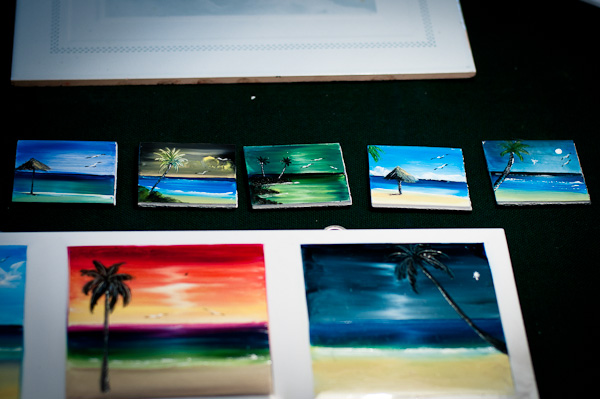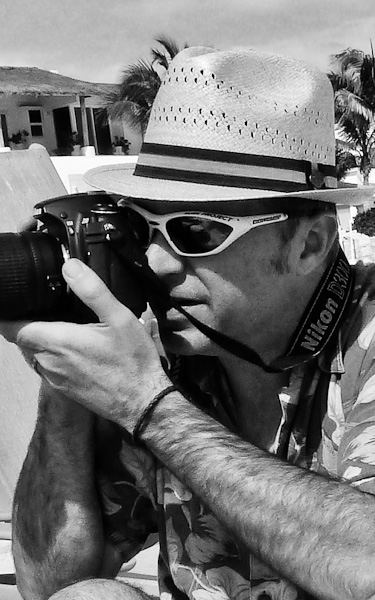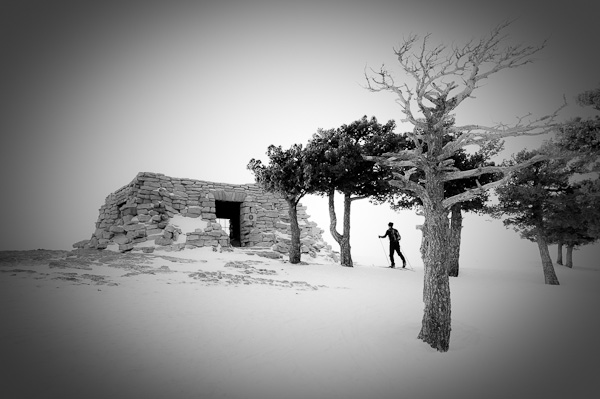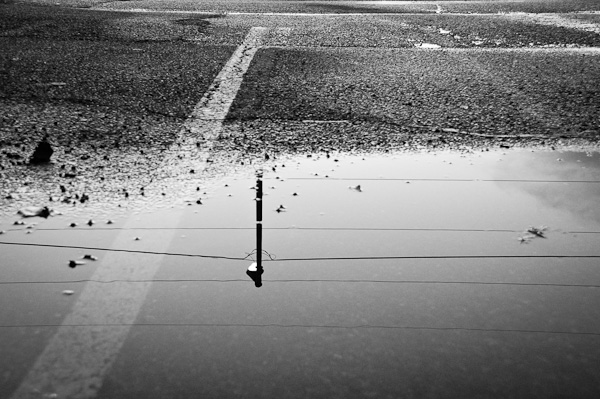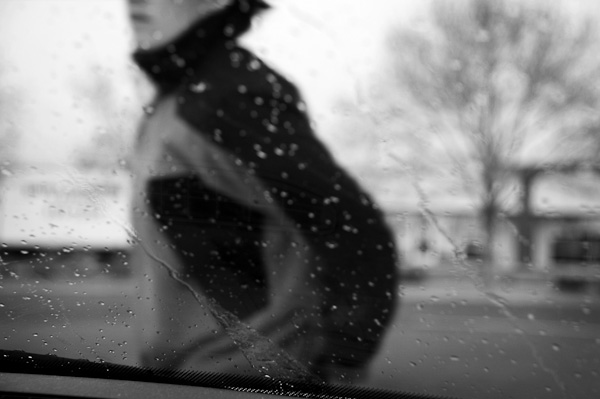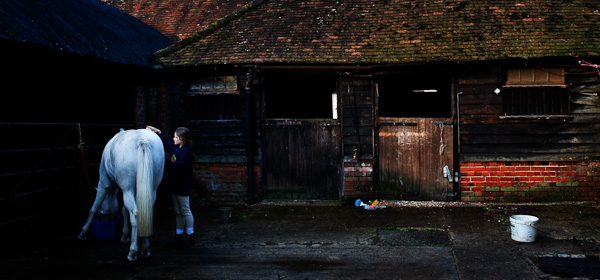In the effort to continue with meeting my photographic goals for the year I am hanging two prints in a gallery show this evening. I am very excited, for two reasons.
First, I am excited for the show. I have hung a few prints in shows before but my effort in them was halfway at best and I didn’t really put too much into them. This time I am attempting to do things right and I am very proud of the prints I am hanging. I am also excited for the show as there looks to be a lot of really good work being hung. I always like to see what my peers are doing; it helps to keep me motivated as well as show me some possibilities photographically that I had not considered. I just love that.
Secondly, I am happy to be moving forward at achieving my goals. It means I am taking action, and action is often the part where artists get hung up. We have great ideas, we creatives, but we cannot simply consider ourselves the “idea person.” We don’t have that luxury, at least not artists at my level; my “assistant” is two years old and not yet to be trusted with carrying through on my artistic wishes. No, we creatives must be both “idea person” as well as “action taker.”
The challenge for me is refining the sheer multitude of ideas down to executable actions in order to see these so-called great ideas materialize. The challenge is in following through on one idea-any idea. And so, earlier this year I set a series of goals in this post and am happy to report they are well on their way to being accomplished.
That was the point and it is working! So far I’ve completed one of the three Blurb books I had planned; I am hanging 2 of the 3 prints I’ve committed to hanging in galleries; I have scheduled a photo project for someone else (I’m shooting my brother’s factory again, this time better I hope); I am helping my neighbor, a writer, build her website and sell ebooks thereby helping another artist; I have read a book on black and white photography and am shooting and “seeing” more in black and white; I’m holding steady on my blog posts and writing and thinking about photography; and I have lost 3 of the 10 pounds I would like to shed. So, for the 2 months since I set the goals I feel I am well on my way and I can thank the goal setting for plotting my course and motivating me to action.
How about you? Have you set goals for the year? How are you doing at them? I would love to hear both what you are planning and what you are working on.
The Gallery Opening is happening tonight, March 4th 2011 at The Printmaker’s Studio at 425 San Mateo Blvd. in Albuquerque from 5-9pm. The show will hang for 6 weeks until mid April. I hope you can make it either this evening or sometime during the show. For those of you out of town I have hung the picture of the hats at the top of this post as well as the image shown below.

